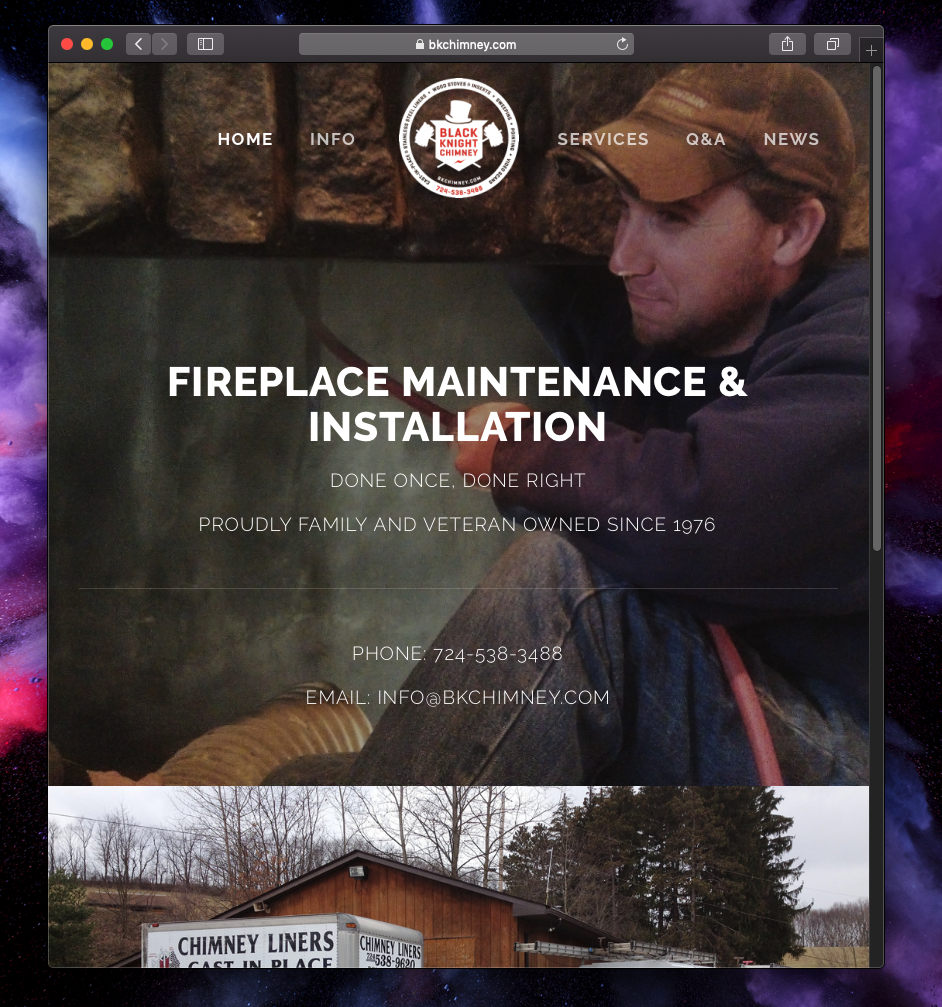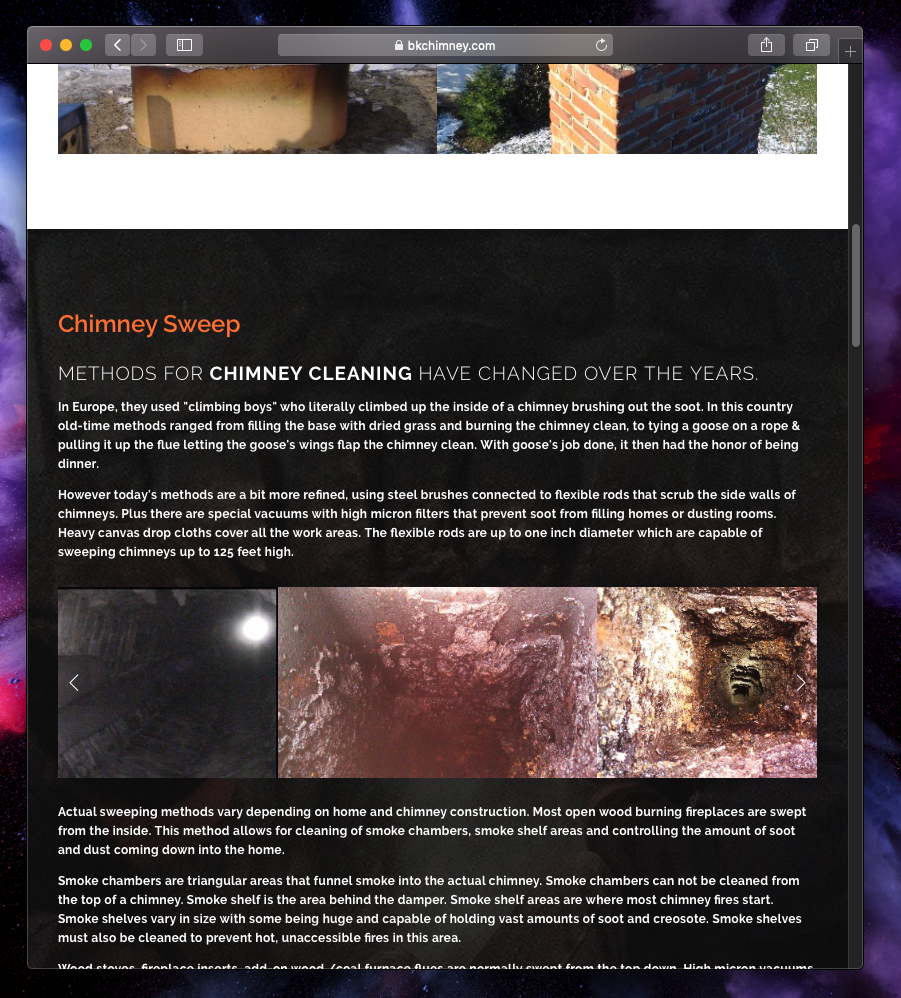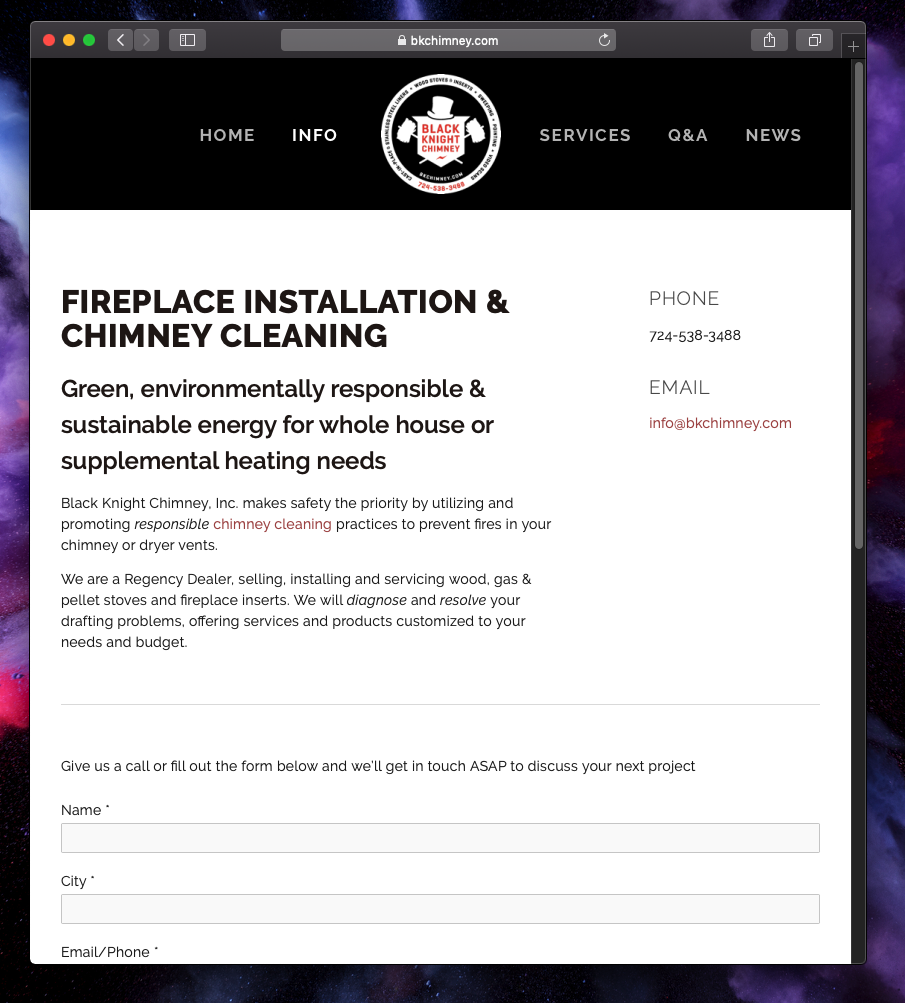You’ll notice on the High Cut there is some interference with the top of the Sordins, whereas both the Super High Cut and the Team Wendy offer clearance. The OTH headset works well in a semi-permanent capacity by removing a middle pad from the helmets and tucking behind the suspension - then they remain ‘attached’ to the helmet when donning/doffing.
The Peltor BTH model hangs low enough on the back of the neck to prevent interference with the rear suspension adjustment dials and is compact enough to fit under the regular High Cut Carbon helmet. Issues arise when latching the chinstraps, as the rear strap presses on the BTH strap and wires.
I prefer the BTH for times when I’m putting the helmet on and off a bunch, to share with others or do photography work - the ears can stay on to retain hearing protection as the helmet is removed. The OTH Sordins fit nicely when spending a bunch of time in the helmet, but lock you into needing to wear them full-time. A solid option is to get helmet-mount adapters like in the bottom photo, with the Unity Tactical MARK system. Then you can rotate the ears out of the way for venting or passing the helmet.
Overall, having the Super High Cut or EXFIL profile helmets offers reduced issues with various earpro options and some recent sales have made them much more attainable for those of us that buy them for ourselves.



